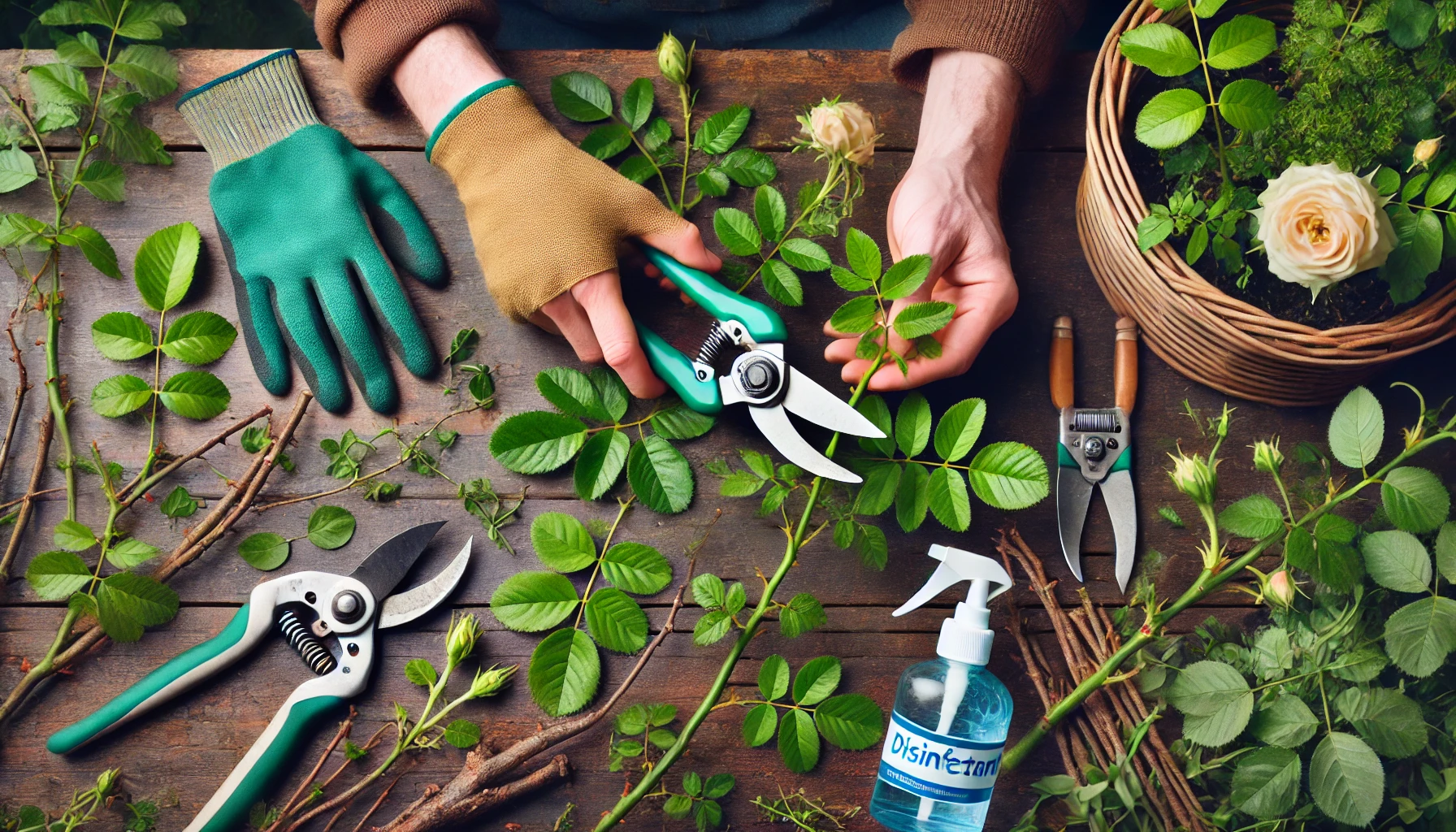Pruning is an essential gardening skill that promotes healthy growth, enhances flowering and fruiting, and maintains the overall shape and size of your plants. While it may seem intimidating at first, learning when and how to prune can make a significant difference in your plant’s health and appearance. In this article, you’ll discover the best techniques and timing for pruning your plants effectively.
Why Is Pruning Important?
Pruning removes dead, damaged, or diseased parts of a plant, allowing it to focus energy on healthy growth. It encourages bushier growth, improves air circulation, and can even stimulate flowering and fruit production. Regular pruning also helps manage a plant’s size and shape, keeping your garden neat and attractive.
When to Prune Your Plants
The best time to prune depends on the type of plant and its growth cycle.
1. Spring-Blooming Plants
Prune spring-blooming shrubs like lilacs and azaleas immediately after they finish flowering. Pruning them too late in the season may remove next year’s buds.
2. Summer-Blooming Plants
Summer-flowering plants like roses and hydrangeas are best pruned in late winter or early spring before new growth begins.
3. Evergreen Plants
Evergreens can be pruned lightly throughout the year to maintain their shape. Major pruning is best done in late winter or early spring.
4. Fruit Trees
Prune fruit trees in late winter or early spring while they are still dormant. This helps improve air circulation and sunlight penetration, promoting better fruit production.
5. Indoor Plants
For indoor plants, pruning can be done year-round as needed to remove dead leaves, control size, or encourage bushier growth.
Tools You’ll Need
- Pruning Shears: Ideal for small branches and stems.
- Loppers: Used for thicker branches.
- Pruning Saw: Necessary for large or hard-to-reach branches.
- Gloves: Protect your hands from thorns and sap.
- Disinfectant: Clean your tools before and after pruning to prevent the spread of diseases.
How to Prune Plants Correctly
1. Remove Dead, Diseased, or Damaged Parts
Start by cutting away any dead, diseased, or damaged branches. Make clean cuts just above healthy growth or a bud to encourage recovery.
2. Thin Out Overcrowded Areas
Remove excess growth from the center of the plant to improve air circulation and light penetration. This is especially important for shrubs and trees prone to fungal diseases.
3. Shape the Plant
Prune to maintain the desired size and shape of the plant. For hedges, use shears to create a uniform appearance. For ornamental shrubs, follow their natural growth pattern to enhance their beauty.
4. Encourage New Growth
Cut just above a leaf node or bud to encourage new growth in the desired direction. Avoid leaving stubs, as they can invite pests and diseases.
5. Avoid Over-Pruning
Never remove more than one-third of the plant’s growth at once. Over-pruning can stress the plant and reduce its ability to recover.
Pruning Tips for Specific Plants
- Roses: Remove deadwood and crossing branches to improve air circulation. Prune in late winter for optimal blooms.
- Hydrangeas: Know your variety—some bloom on old wood, while others bloom on new growth. Prune accordingly.
- Fruiting Plants: Remove suckers and water sprouts to direct energy toward fruit production.
- Succulents: Remove dead or damaged leaves with clean scissors to maintain a tidy appearance.
Signs That Your Plant Needs Pruning
- Overcrowded branches or leaves blocking sunlight.
- Dead, yellowing, or diseased foliage.
- Stunted growth or reduced flowering and fruiting.
- An unruly or overgrown shape.
Benefits of Regular Pruning
Regular pruning keeps your plants healthy, vibrant, and productive. It reduces the risk of pest infestations and diseases, encourages lush growth, and enhances the overall aesthetics of your garden or indoor space.
Pruning may take some practice, but the results are well worth the effort. With the right timing, tools, and techniques, you’ll ensure your plants thrive and look their best year-round.
